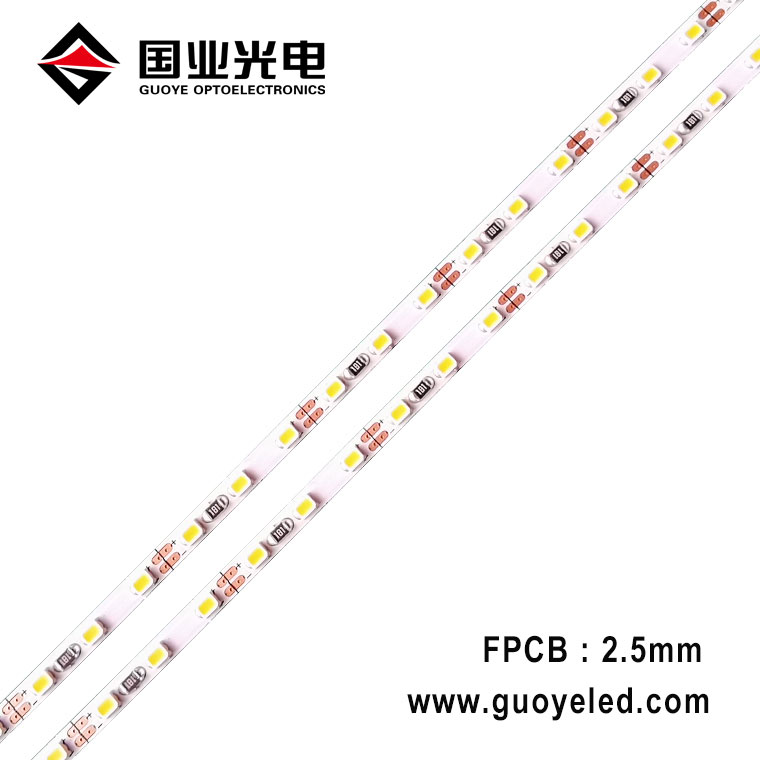The Key Components of a TFT Display
2024-05-23
Thin-Film Transistor (TFT) displays are a prevalent technology in modern screens, providing sharp, vibrant visuals for everything from smartphones to televisions. Understanding the main components of a TFT display can offer insight into how these devices deliver such high-quality images. Here, we'll break down the key elements that make up a TFT display.
1. Liquid Crystal Layer
At the heart of a TFT display is the liquid crystal layer. Liquid crystals are substances that flow like a liquid but have some properties of a solid. This layer is sandwiched between two pieces of glass or plastic substrates. The liquid crystals can be manipulated by electric fields to control the passage of light, which is essential for creating the images on the screen.
2. Thin-Film Transistors
The thin-film transistors (TFTs) are tiny switches embedded in the display. Each pixel in a TFT display has its own dedicated transistor, allowing for precise control over individual pixels. These transistors rapidly turn pixels on and off, enhancing the display's refresh rate and response time, which is critical for smooth motion in videos and games.
3. Glass Substrates
TFT displays typically use two layers of glass substrates to encase the liquid crystal layer. The front substrate is the display surface, while the back substrate holds the array of TFTs. These glass layers must be incredibly smooth and flat to ensure uniform electric fields and consistent image quality.
4. Color Filters
Color filters are essential for producing the wide range of colors seen on a TFT display. These filters are aligned with the pixels and consist of red, green, and blue (RGB) sub-pixels. By varying the intensity of light passing through these sub-pixels, the display can create a full spectrum of colors. The precise control of these sub-pixels is what enables TFT displays to render detailed and vibrant images.
5. Polarizers
Polarizers are optical filters that allow light waves of a specific polarization to pass through while blocking others. In a TFT display, polarizers are placed on either side of the liquid crystal layer. They work in conjunction with the liquid crystals to control the amount of light passing through the display, enhancing contrast and clarity.
6. Backlight
Unlike some other display technologies, TFT displays do not emit light on their own. Instead, they rely on a backlight to illuminate the pixels. The backlight is usually made up of LEDs (Light Emitting Diodes) placed behind the display. The backlight's intensity and uniformity are crucial for the overall brightness and quality of the image.
7. Driver Electronics
The driver electronics are the brains behind the display. These circuits control the operation of the TFTs, manage the flow of data to the screen, and regulate the timing and intensity of the backlight. The driver electronics ensure that each pixel responds accurately and quickly to the input signals, maintaining the integrity of the image and the performance of the display.
8. Touch Panel (Optional)
Many modern TFT displays include a touch-sensitive layer on top of the display, turning them into interactive touchscreens. This layer can be based on various technologies, such as capacitive or resistive touch. The touch panel allows users to interact directly with the display, making it a common feature in smartphones, tablets, and other devices.
Conclusion
A TFT display is a complex assembly of various components working in harmony to deliver stunning visuals. From the liquid crystal layer that manipulates light to the thin-film transistors that control each pixel, every element plays a crucial role. Understanding these components not only demystifies the technology but also highlights the intricate engineering that goes into creating the vibrant displays we use daily.



